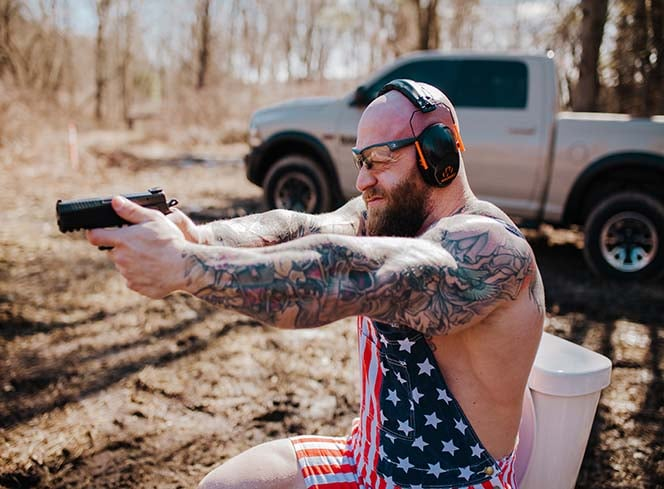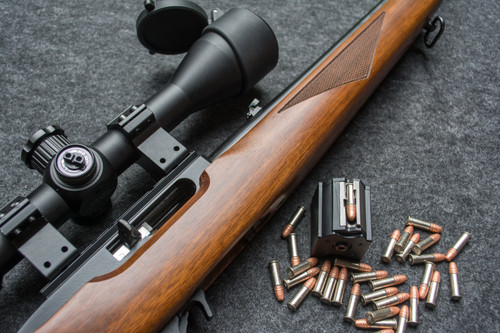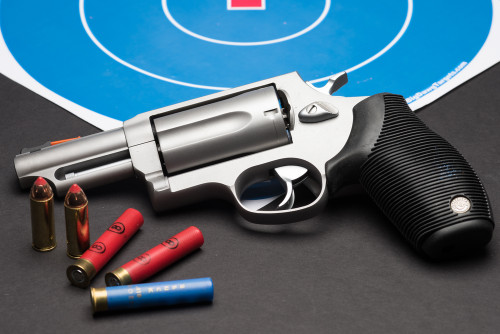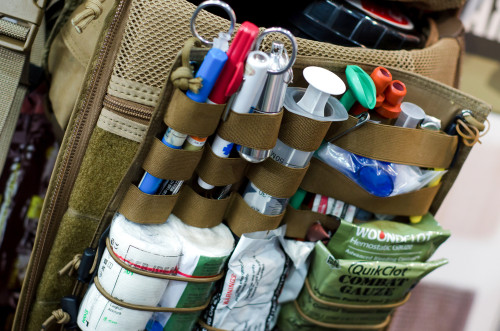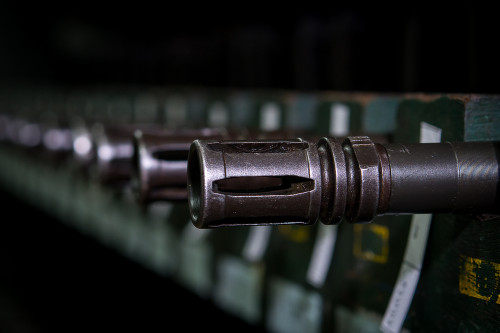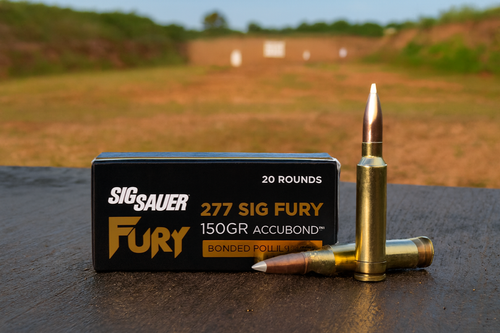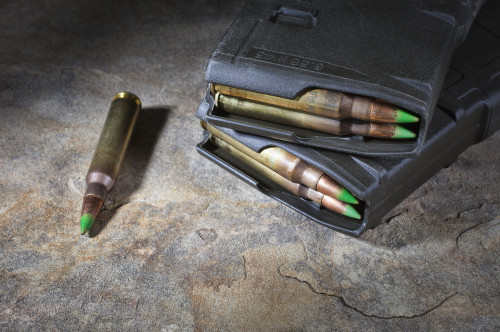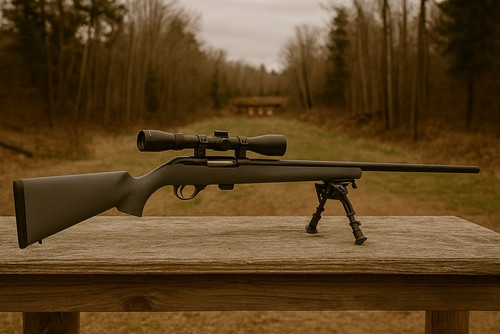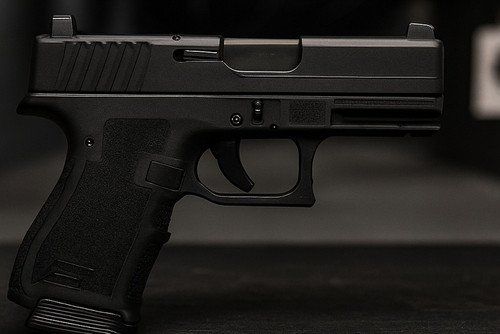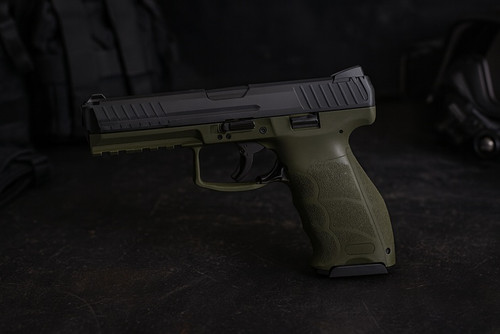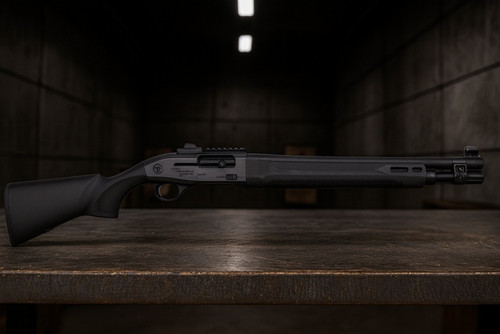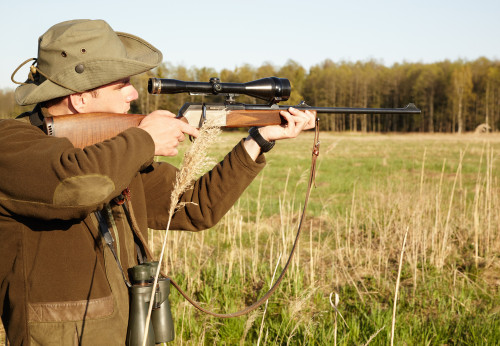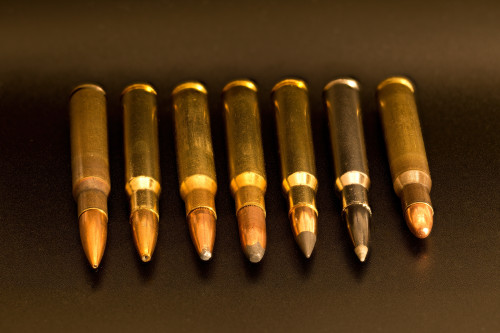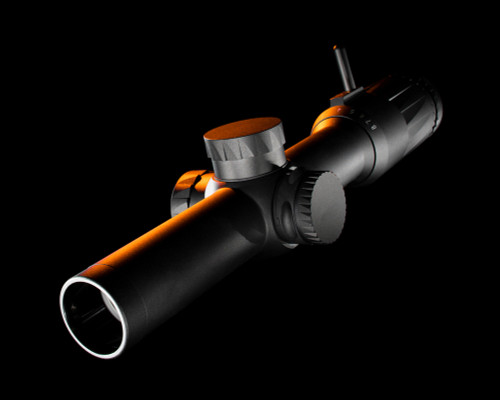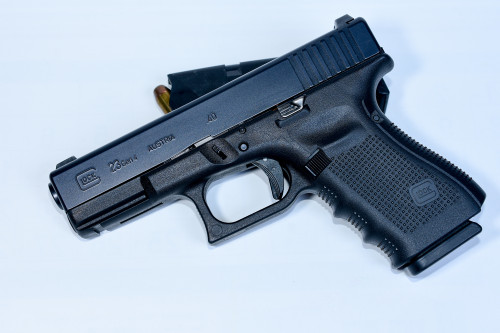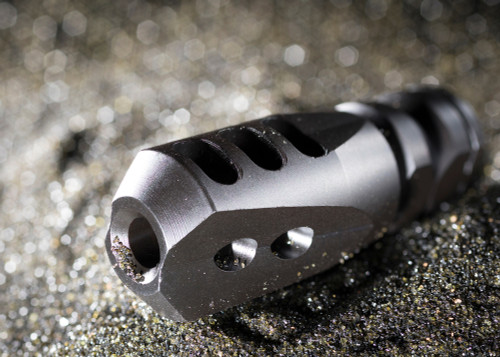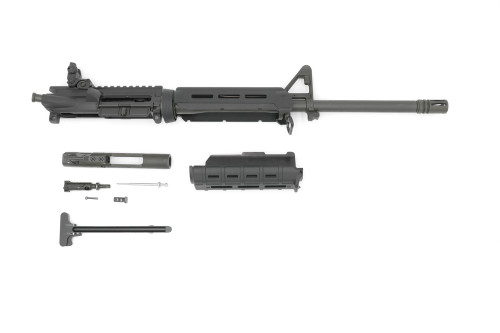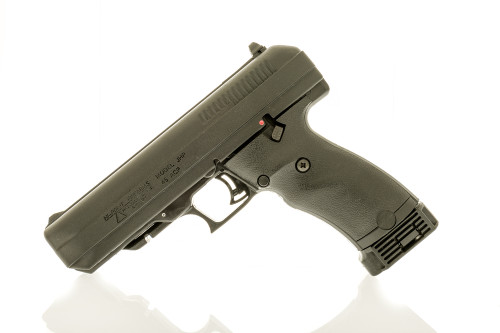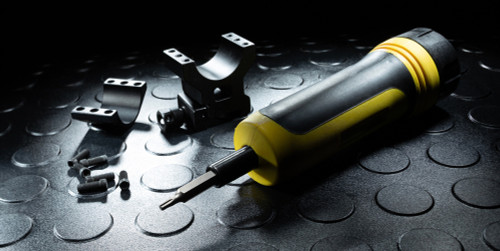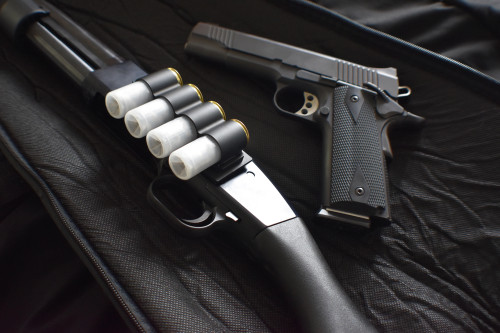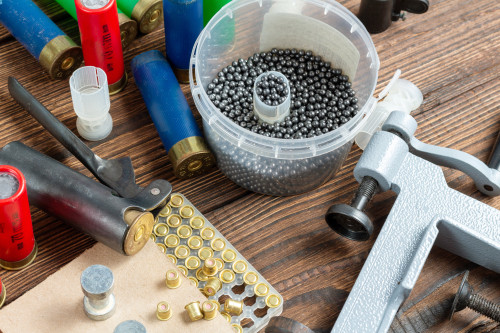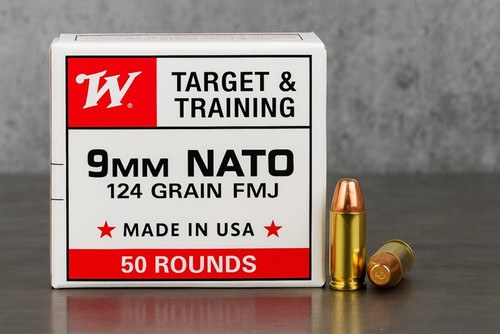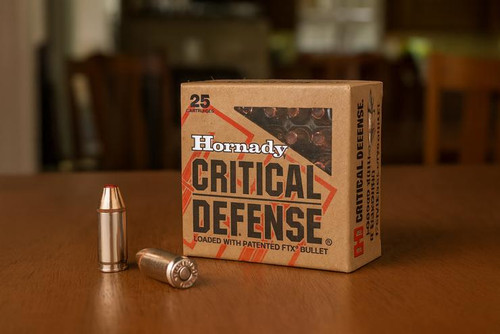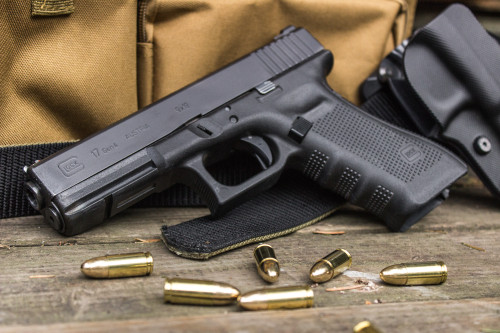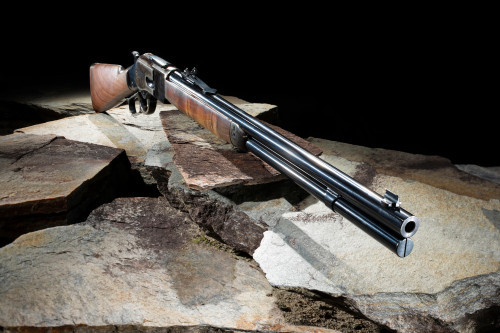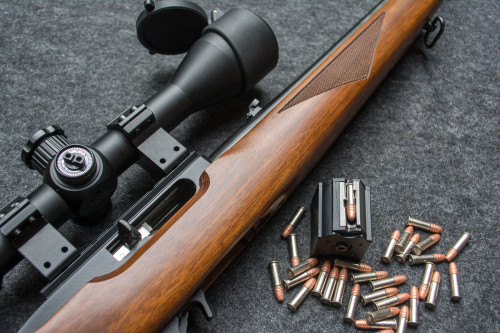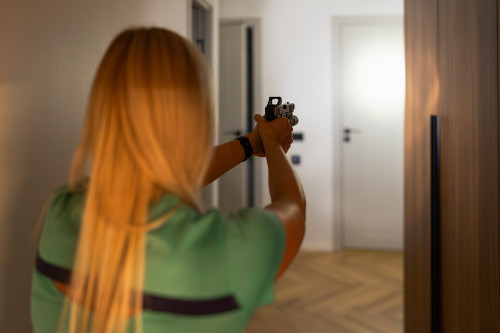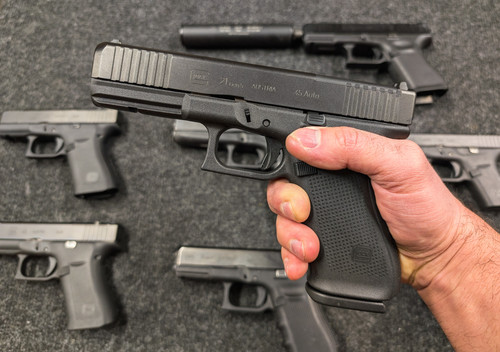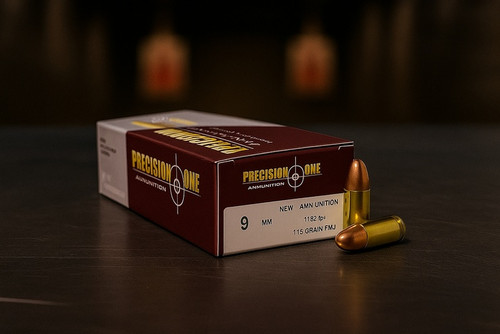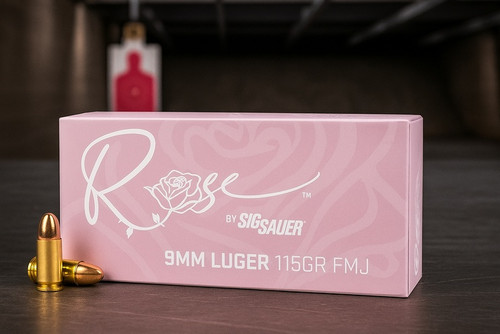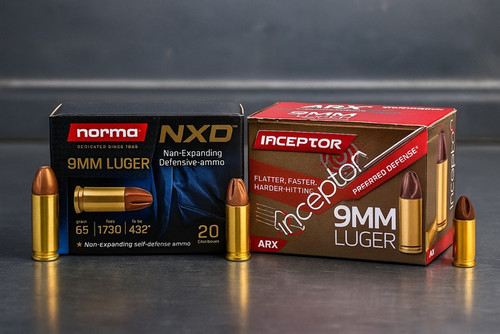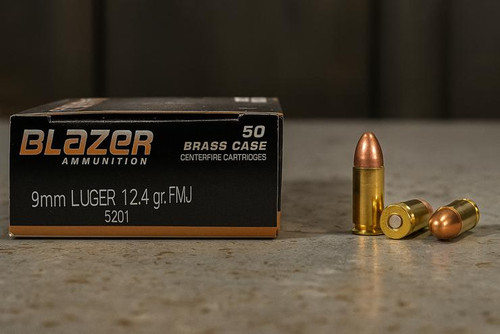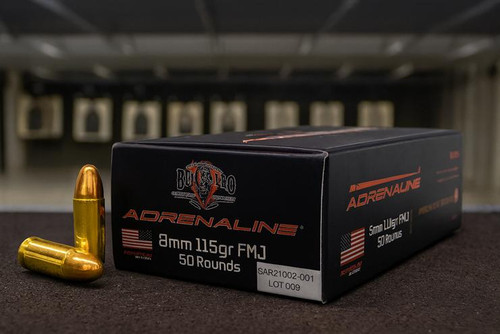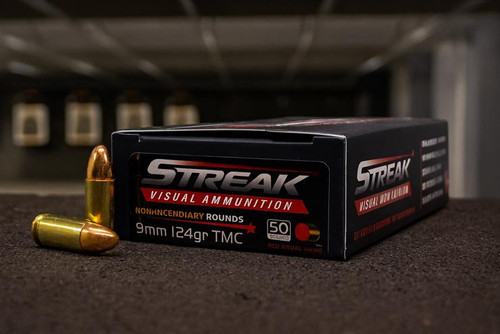Die-hard traditionalists often say irons are better than optics because you don’t have to worry about losing battery, getting them damaged, and blah blah blah. They’re not completely wrong, just 95% wrong.
In fact, to many of these traditionalists (let’s just call them Boomers), the thought of putting an optic on a pistol is the equivalent to putting a spoiler on a pickup truck. But this kind of backward thinking keeps many from experiencing the power of modern firearms technology — something the best shooters take full advantage of. Plus, the proliferation of concealed carry guns and the desire of those who carry them to become as proficient as possible has given way to the red dot frenzy — and it ain’t going anywhere.
In the last few years, more and more pistols have been wearing optical sights. Some are holographic sights. Most are emitter-types. Some are green, and some are red, but for simplicity’s sake, we’ll call them all “red dots” because they’re all a means to the same end: faster, more accurate shooting.
Let’s take a closer look at why so many shooters are putting red dot optics on their handguns and some of the best red dots available for pistols.
Red Dots vs. Iron Sights
Every fighting pistol has some way of acquiring a sight picture. Most often in the form of iron sights. While the original iron sights on firearms were literally made of iron, today the name simply denotes the built-in sights on a handgun. Iron sights combine a front and rear sight to form a sight picture.
A sight picture is what you get when you use the sight(s) by pointing the pistol and looking along the top (where the sights are located). Most iron sights are a notch-and-groove affair, with the front sight being the notch that “sits” inside the groove of the rear sight. There are various types of iron sights, and most are designed to be simple and intuitive when acquiring a correct sight picture.
Iron sights require you to place two elements (the front and rear sight) in perfect alignment to accurately put rounds on target. While learning how to shoot with iron sights is essential (in certain dire situations), it doesn't need to be your default shooting method.
With all this in mind, there are several reasons people use red dots on pistols:
- Quicker Sight Picture - Acquiring a sight picture with traditional iron sights can be a challenge under stress or within time constraints. Using a red dot can help you acquire that sight picture much faster.
- Easier to See - If you’ve noticed that you can’t see quite as well as you did when you were a young buck, a red dot can help. Sometimes, a bright red dot is a bit easier to see than a set of irons. Many shooters use these optics to prolong their shooting shelf life.
- They’re Just As Durable as Irons - In any case, red dots designed for pistols these days are rugged as heck and have battery lives that measure into years. So, the old concern about “what if the battery dies?” is about as valid as any other concern for error. There is always the potential for something on your gun to fail, but your red dot breaking or dying is no more likely than any other malfunction.
A Glock 19 (top) wearing a Holosun SCS and a Springfield Hellcat wearing a Holosun 407K. Both are outstanding offerings.
Red Dots on Pistols
You don’t have to watch the news very long to see why more people than ever are carrying a pistol for self-defense. The glut of compact and micro-compact blasters seems to grow each day, which is a good thing. In a free market, the best and most innovative products will (theoretically) become the most popular and successful. As of 2023, if a manufacturer wants its new uber-cool carry gun to have any chance of viability, the gun will have the following traits:
- It’ll be chambered in 9mm.
- In factory trim, it’ll have a magazine capacity of no less than 13 rounds, with 15 or more being preferred.
- It will be small enough to comfortably carry for long periods of time in an inside-the-waistband holster. These dimensions work out to be a 3”-5” barrel, no more than 5” height and roughly 1” width.
- It will, at a minimum, be “optics ready,” meaning a red dot can be readily mounted to it. Ideally it will come with a variety of adapter plates to accommodate your optic of choice.
A gun marketed as a carry gun that lacks any one of these points is DOA when it hits the market. That means any good concealed carry gun that has lasted for several years on the market will come red-dot-ready, and for good reason.
To be clear, red dots have graced the slides and frames of competition guns for decades, but these older sights were large, not all that rugged, and had a short battery life. Many were mounted on a bracket that screwed into the frame of the gun and sat above the slide (rather than on it). This protected the optic from the punishment of the reciprocating slide. However, most older dots still weren’t durable enough to handle thousands of cycles of a pistol. Today, most of the budget-friendly dots on the market are built for this very purpose.
Red Dots Built for Pistols
Red dots meant for pistols are ruggedized and miniaturized red dot sights. In our case, they’re mostly mounted on the slide of a pistol or the top strap of a revolver (yes, this is becoming a thing).
We’re not talking about a laser here, which projects a beam from the unit onto the target. These are pretty hokey unless you’re using an invisible infrared laser under night vision.
A red dot is an optical sight that projects a dot or reticle onto a “window” that the shooter looks through as he’s aiming the gun. The dot appears to be transposed onto the target, but no light leaves the optic. Red dots are either open-emitter-style, like the Trijicon RMR, or closed-emitter like the Aimpoint ACRO.
Open vs. Closed Emitter
In general, there are two types of red dots you can mount to a pistol:
- Open-Emitter - Open-emitter sights are ideal if you want the smallest, lightest footprint possible. They’re susceptible to lint and junk getting onto the emitter and obscuring the dot, but simple maintenance with a Q-tip prevents this.
- Closed-Emitter - Closed-emitter sights are theoretically more rugged (LOTS of debate on this), but with a bulkier, boxlike construction. However, because the emitter is completely enclosed inside the housing, they’re less likely to become obscured by debris.
Benefits of a Red Dot on a Pistol
Competition shooters were some of the first people to popularize dots on pistols. The result? They got faster. The same can be true for you or any shooter with practice. That said, adding a red dot sight to your carry gun will not instantly transform you into Jerry Miculek.
NOTE: Becoming proficient with a rot-dot equipped pistol requires practice and trigger time to get the most out of it. One issue you might run into right off the bat is “hunting” for the dot within the window. This happens as you rotate the gun around or move your head to find the dot. This is perfectly normal. Simple repetition with an unloaded gun will help you present the pistol with the shiny red dot dead in the center of the window every time. When you’ve reached this milestone, it’s time for live fire.
Basically, everyone can benefit from having a dot atop their pistol. Here are a few ways red dots benefit shooters of all kinds:
Concealed Carry
If you’re on Instagram or read gun magazines, it’s hard to find a pistol that doesn’t have a red dot. In just about every mention of “EDC” or Everyday Carry, the pistol has a dot. Red dots help with fast target acquisition more than anything, which is necessary for those who carry concealed. You won’t have a moment to line up a nice sight picture while you or your family are under attack. You need to draw now. Aiming needs to be automatic (built into your muscle memory through habitual practice) so you can focus your mental energy on the situation at hand.
Competition
Competitive shooters often pioneer advances in fast, accurate lead delivery, and red dots are no exception. If you shoot competitively, you probably already have a dot on your pistol and if you don’t have one, you’re probably getting beat by those who do.
The common refrain at matches before red dots was “Front sight! Front sight! Front sight!” as a way of impressing upon shooters that where the front sight settles, the bullet goes. Keeping your eye on the front sight, which is rapidly bobbing up and down under recoil, can be tricky when you’re letting multiple shots fly inside of one second. Following an illuminated dot is unquestionably easier under all circumstances, especially high-stress ones.
Tactical
The next time you watch bodycam footage, take note of how many cops have red dots on their guns. The number grows by the week. Why? All the aforementioned reasons, but mostly for accuracy. A barricaded criminal might be 15 or 20 yards away and offer a small opening for a shot, and in a dark, unfamiliar house with adrenaline flowing, you can all but forget about lining up irons.
Plinking & Target Shooting
A less serious use for red dots is plinking. Using a red dot is at least 50% easier than using irons; you replace two sights that need to be in alignment for one that’s already aligned. A red dot makes life much easier on newbies and youngsters as well as those whose eyesight just ain’t what it used to be.
Reticle types
Red dots got their name because many of them (surprise) have a red dot as a reticle. However, today’s red dots offer much more. While most red dots are actually red, some are green (which shows up better in some conditions but generally eats battery faster). Most red dot optics have either a dot, circle, circle and dot, or a ballistic reticle.
Each reticle type has its benefits and drawbacks.
NOTE: The photos below are just for representation. With a naked eye, they’re crisp, well defined, and much larger.
Holosun SCS in dot mode
Single Dot
| Pros | Cons |
|---|---|
| Simple | Can be harder to find in the viewing window for novice users |
| Uses less battery power | |
| Very precise |
Holosun SCS in circle mode.
Circle
| Pros | Cons |
|---|---|
| Largest, easiest to find in a viewing window | Less precise |
| Tells you which way you’re “off” or favoring (see pics for example) | Uses more battery life |
| Can allow faster aiming |
Holosun SCS in circle-dot mode.
Circle & Dot
| Pros | Cons |
|---|---|
| Great combo of speed and precision | Uses more battery life |
| Easy to find in viewing window |
Ballistic Reticle
| Pros | Cons |
|---|---|
| Easy to find in window | Odd for a defensive pistol |
| Reticle can be so small as to be useless | |
| “Busy” looking viewing window |
Sighting in a Pistol-Mounted Red Dot
The process for zeroing (sighting in) a red dot on a pistol isn’t any different from zeroing a traditional rifle scope or rifle-mounted red dot. You’ll want a sturdy table or bench, a handgun rest, and a large target. Here’s the basic process:
- Ensure your dot is securely mounted. The key here is to really clamp down your pistol while you make adjustments, whether by hand or by mechanically fastening the gun to the rest. Without a solid foundation upon which to make adjustments, you’re going to be chasing a dot and wasting ammo.
- Begin at a short range (say 7 or 10 yards) with a large target. Fire a shot at a point like a bullseye.
- Secure the pistol so the dot is on the hole and adjust the rot using the windage and elevation knobs to the bullseye.
- Fire another shot to ensure that the bullet is either dead-on or closer to the bullseye. Determine whether more adjustments are needed and keep shooting until you’re happy with where the impacts are. A rule of thumb is that you want a 3- or 5-shot group that looks like a nice, tight cluster at the point of aim for your optic to be considered zeroed properly.
From there, aiming is a process of getting the reticle in the viewing window on the target. Here are some images to illustrate:
Aiming too far left.
Too far right and a bit low.
Aiming too high. Note how the alignment of the iron sights mirrors that of the dot in every instance.
That’s more like it!
Best Pistol Red Dots For Pistols
OK, so which red dot should you get? Price, performance, features, and more all come into play, but there’s a solid option for every shooter and (just about) every budget.
Today is the salad days of micro red dots; even those 10 years ago were barely up to the task of sitting on a pistol slide, whereas most of today’s options (except for the cheapest junk) are up to the task and will serve you admirably.
Best Budget Option: Holosun 407 Series
Holosun has made huge inroads in the optics world the past few years because they flat-out work (and at working man prices). The 407 series has Holosun’s “shake awake” feature that saves battery by turning itself off when it’s perfectly still. The tiniest movement instantly turns it back on. The battery life is counted at 50,000 hours (that’s more than 5 years), and the 6 MOA dot is the ideal blend of precision and size for quick target acquisition.
Most Proven: Trijicon RMR
Even though it’s an older model, the RMR is the standard bearer for pistol-mounted optics. The footprint (how it mounts to slides) is somewhat of an industry standard, and its longevity and unquestioned ruggedness make it the go-to for many professionals. A host of dot sizes and two colors make it more versatile and appealing to a wider array of shooters. If there’s a downside to the RMR, it's the price: $450-$500.
Best Enclosed Emitter: Aimpoint ACRO
The ACRO is a tough customer, and coming from Aimpoint, it instantly boasts plenty of credibility. All closed-emitter red dots are bulky, but Aimpoint has done a good job keeping the ACRO minimalist. It gets up to 50,000 hours of life from the ubiquitous 2032 battery which you can change without taking the optic off the slide. This eliminates the need to re-zero after a battery change. The 3.5 MOA dot is good for precision and can be used with night vision as well. As with the RMR, the only setback here is the price: $600+.
Best Budget Enclosed Emitter: Swampfox Kraken
If you want to get into the closed emitter game on the cheap, the Kraken is your best bet. It’s been the benefactor of a handful of high-round-count tests on YouTube and handles its own. Battery life comes in at roughly 2 years, and the 3 MOA dot comes in red or green. The downside of the Kraken is its size. Its outer-mounted battery makes for a bulge on the side that other optics lack, but for the price (about $300), it’s hard to beat.
Best Overall: Holosun 508T
For a blend of performance, features, and price, the 508T is the winner. It has titanium housing, a failsafe solar panel, 50,000-hour battery life, a small footprint, and red and green circle-dot options. It’s also got the company’s shake awake battery-saving system and a proven reputation that gets stronger each day. Plus, you can get it for half the price of pricier options (around $370).
Final Thoughts
The future is now, old man. Red dots on pistols ain’t going anywhere. Short of training and shooting more (which is the best way to get better), a red dot will shorten the curve to you putting fast, accurate rounds on target. They’re not terribly expensive, and are largely maintenance-free. Plus, many of today’s designs are more rugged and capable than ever before.
If you’re ready to take advantage of decades of innovations in firearms technology, do yourself a favor — level up your pistol with a slick new red dot sight. At Pro Armory, we have the tactical gear you need to succeed in just about any mission profile. Whether you need optics, extra mags, slings, lights, or more ammo to extend your range time — we’ve got it all at an affordable price. Buy your next optic from a company that gives a sh*t about you. Browse our online store for tactical gear you can afford.
Want to learn how to properly use a red dot to improve pistol accuracy? Pro Armory offers training to help you become more proficient with your firearm. Sign up for our newsletter to be notified when training officially launches.




